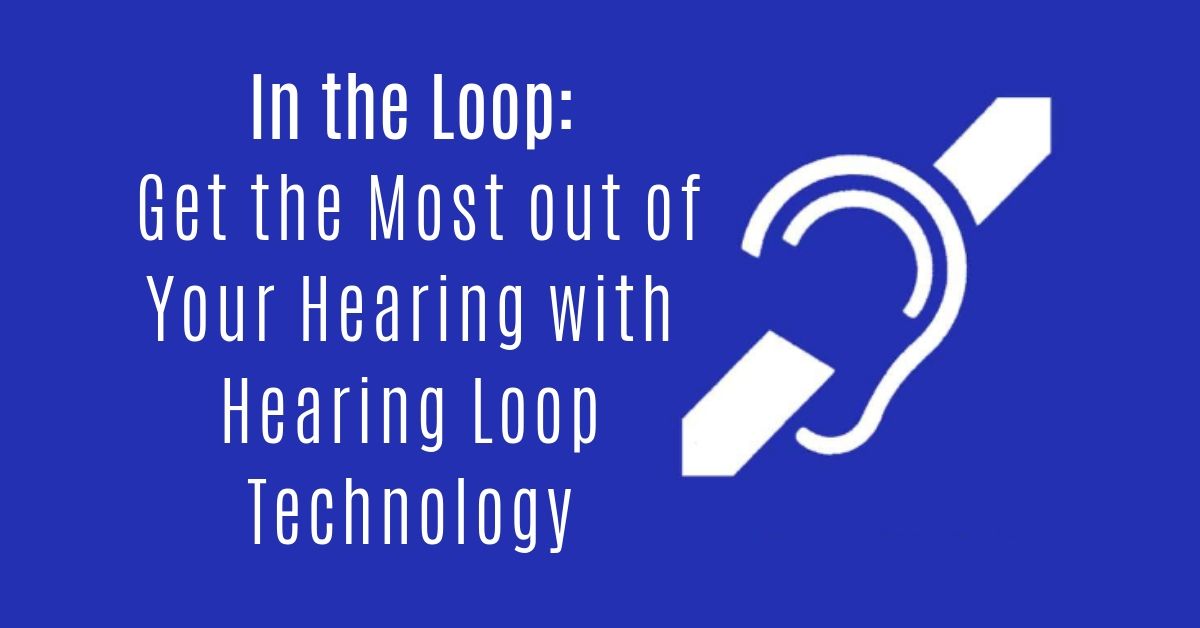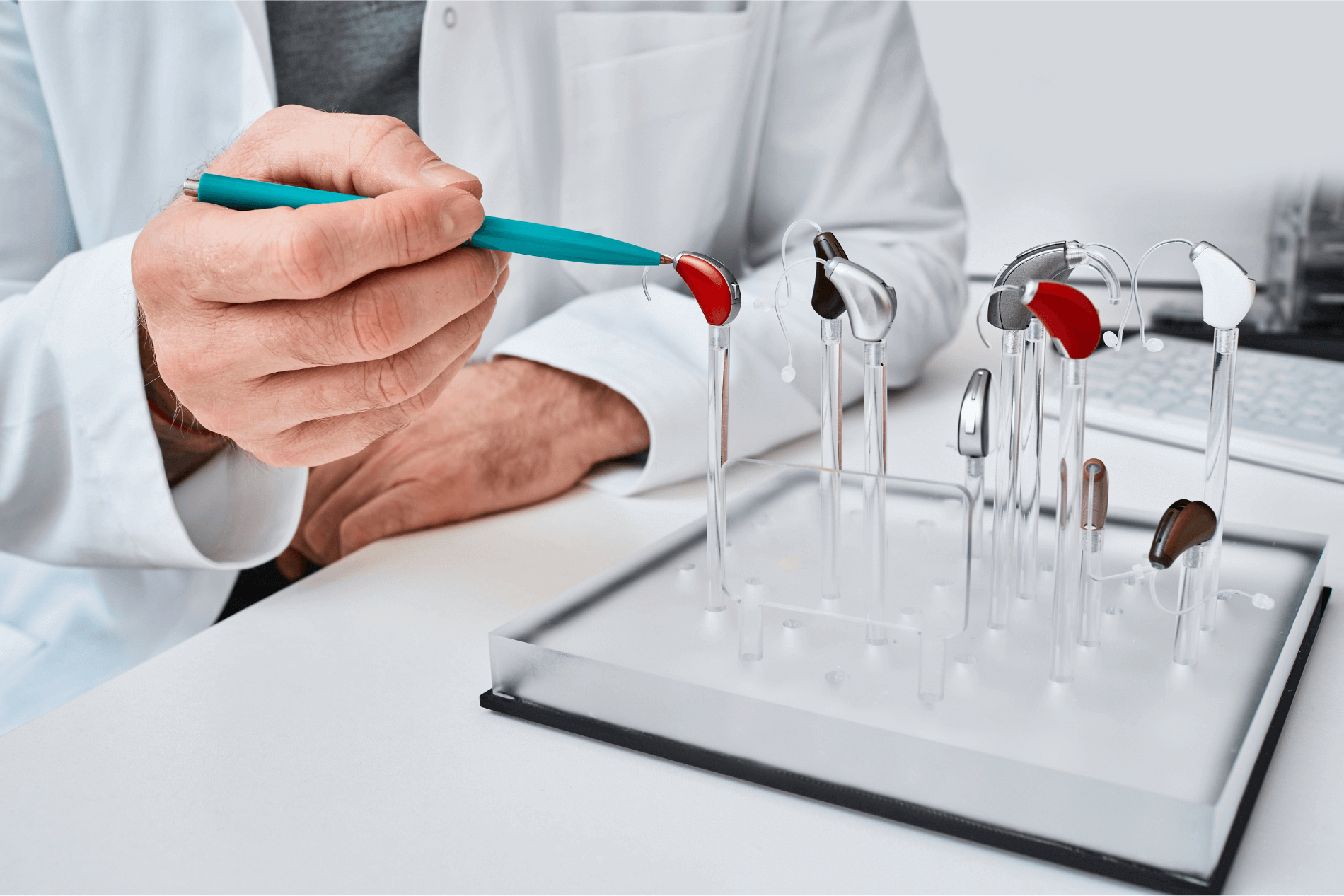
With more than 52 million people in the United States suffering from hearing loss, more accommodations for those who wear hearing aids are becoming more readily available.
Hearing aids and cochlear implants compensate for the loss of hearing sensitivity and reduce background noise only to a certain level but the benefit of these devices can be limited in environments with high levels of background noise and reverberation, in large loud places, like stadiums and theaters. The hearing loop system can increase the signal level, reduce background noise and reverberation, and therefore increase the signal-to-noise ratio (SNR) in large listening areas.
What is Hearing Loop Technology?
A hearing loop (also referred to as an audio induction loop) is a special type of sound system for use by people who already use hearing aids. The hearing loop provides a magnetic, wireless signal that is picked up by the hearing aid when it is set to the Telecoil setting (often signified by “T” on a small hearing aid).
The hearing loop consists of a microphone to pick up the spoken word; an amplifier that then processes the signal which is finally sent through the loop cable, a wire placed around the perimeter of a specific area like in a conference room, church, service counter or other busy public space. The hearing loop acts as an antenna that radiates the magnetic signal to the hearing aid.
How does Hearing Loop Technology Work?
An induction or hearing loop system transmits an audio signal directly into a hearing aid via a magnetic field. This greatly reduces background noise, competing sounds, reverberation and other acoustic distortions that reduce clarity of sound. A sound source, such as a voice, cinema or audio system, can be captured using a microphone or line out connection. The sound signal is then connected to an Audio Induction Loop driver. The driver generates a current which delivers the signal to a loop made from copper tape or wire. This wire hearing loop typically surrounds the area where the listening audience is located and produces a magnetic field, which is picked up by a Telecoil (or T-coil) inside a hearing aid. The Telecoil delivers sound directly into the ear canal, without background noise and with the full spectrum of sound frequencies needed to make it intelligible.
Why use a Hearing Loop?
Signal-to-noise ratio (abbreviated SNR) is a measure used to compare the level of a desired signal to the level of background noise. People with hearing loss require higher SNRs in order to recognize the same amount of speech as people with normal hearing. Although current hearing aids are often implemented with various noise-reduction strategies and directional microphones to improve speech understanding in background noise, hearing aid satisfaction in large areas remains relatively low compared to other listening conditions. When using a Hearing Loop, hearing aid wearers don’t suffer the inconvenience of asking for and wearing a headset that marks them out as hard of hearing; and expensive receivers are not even required. They can cut out unwanted background noise as the sound goes directly into the hearing aid and can be used by anyone with a compatible hearing aid in the same space.
Advantages of Hearing Loop Technology
Most importantly, Hearing Loops create accessibility in public spaces, which make it easier for hearing aid users to participate in public events. When businesses or venues invest in hearing loop systems, they have virtually no maintenance on the system and do not have to purchase or maintain/sanitize/repair headphones such as those used with infrared or FM systems. The loop system helps the hearing aid do its job. It uses a universal standard system any T-coil equipped instrument user can use at home in a TV room or worldwide and there is no limit as to the number of users of the system making it virtually unlimited. Users benefit from the loop technology AND their customized hearing aids for the best possible hearing experience.
Stay in the Loop with Hearing aid Associates
There are just so many benefits to using hearing loop systems there is no doubt they will be showing up in more public spaces as they gain popularity. To find out more about hearing loop technology, contact us at Hearing Aid Associates. We can help you keep up with the latest technology and can help you decide if hearing loop technology is right for you.

What Is Sudden Hearing Loss and What Does it Mean?
Matthew Favinger, M.S., F-AAA

Having a Good Time at Weddings With Hearing Loss
Matthew Favinger, M.S., F-AAA

